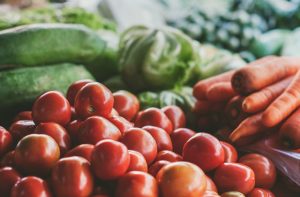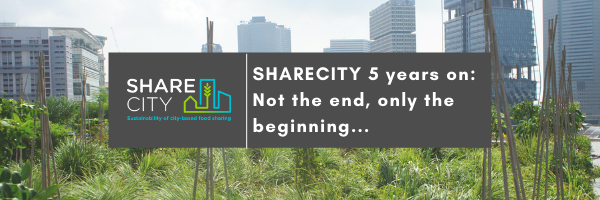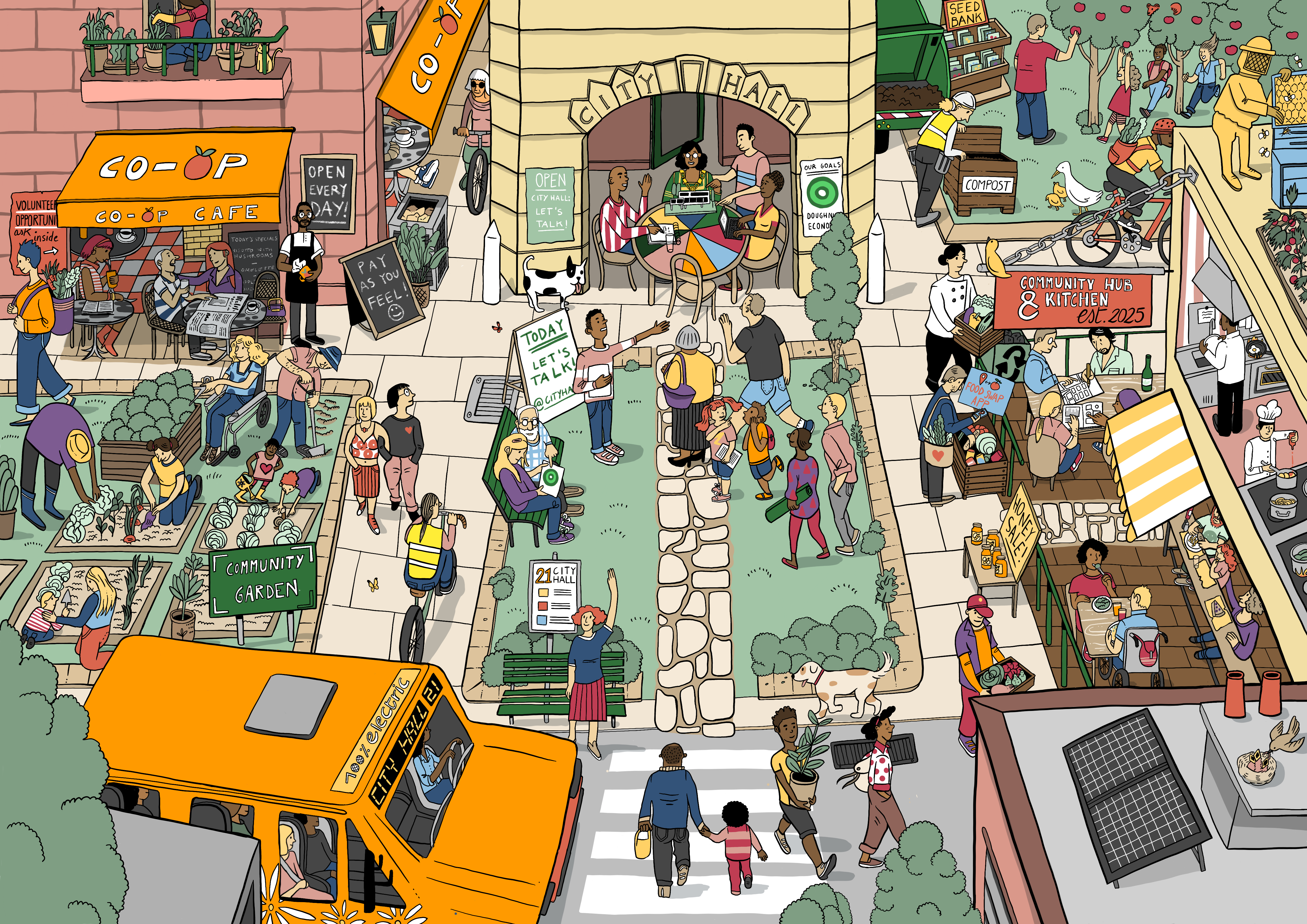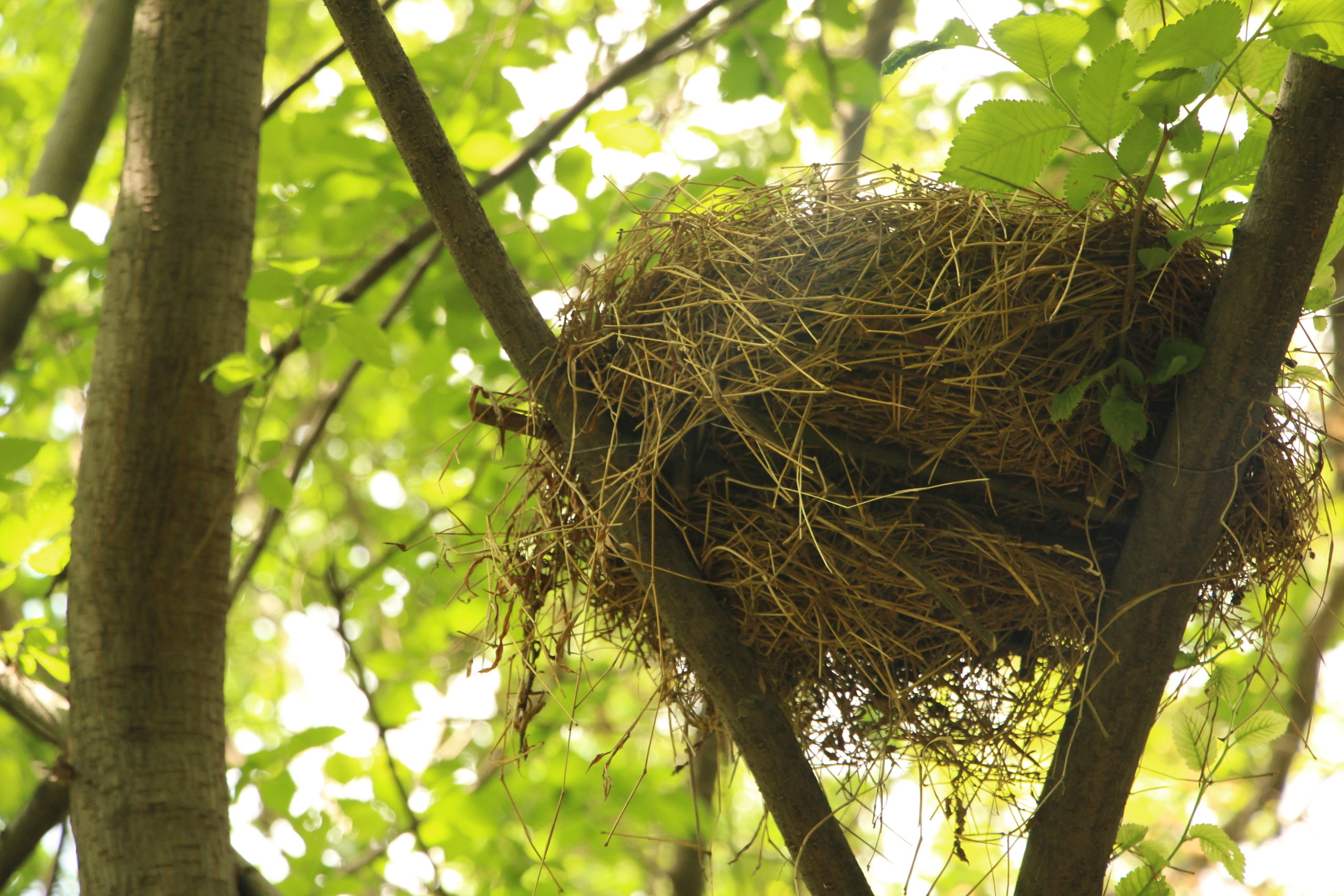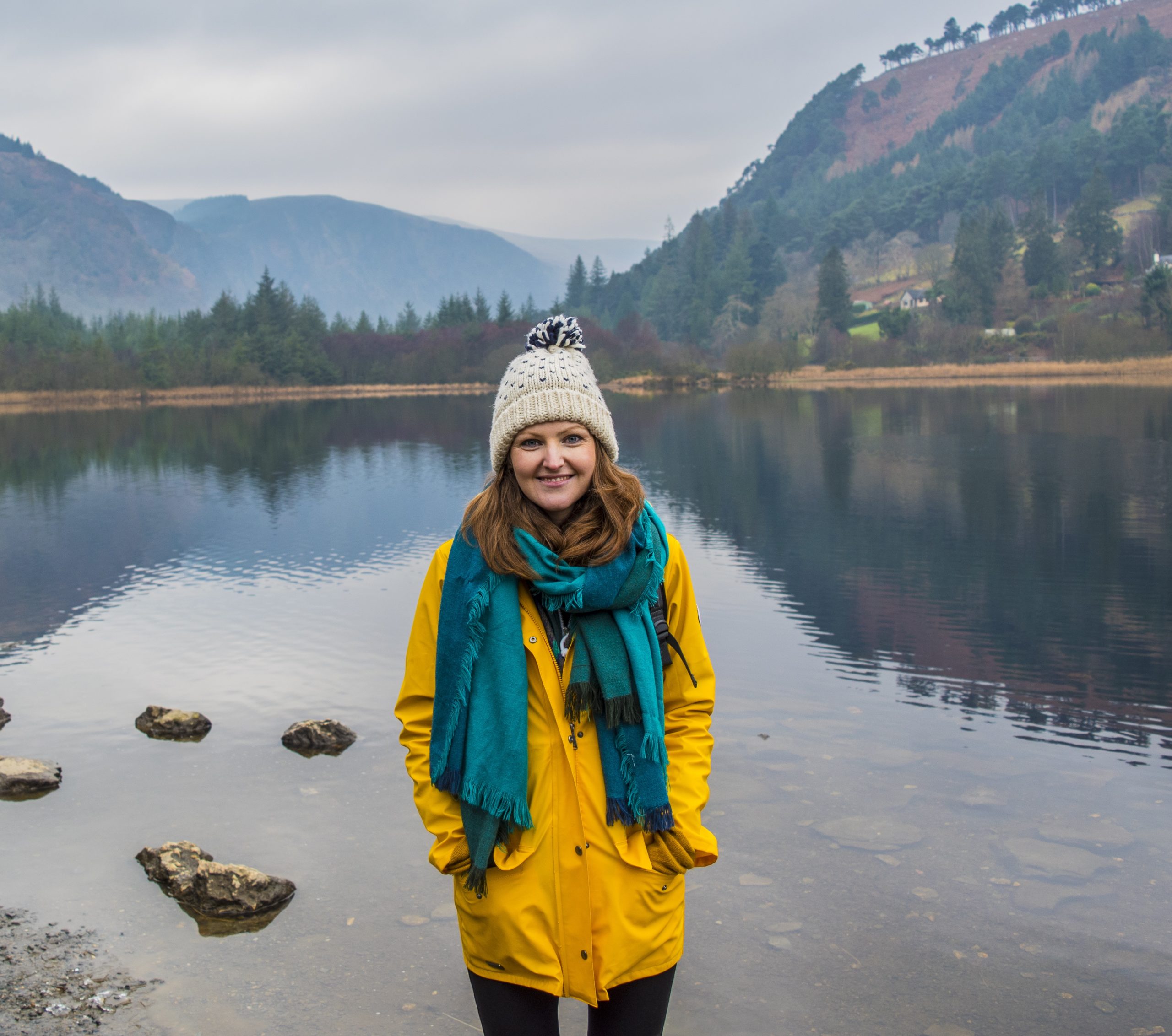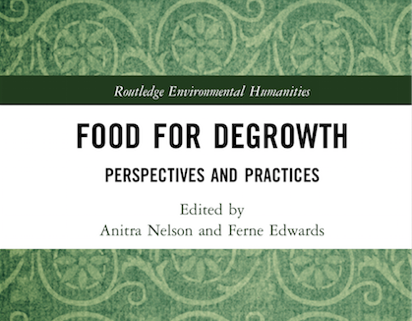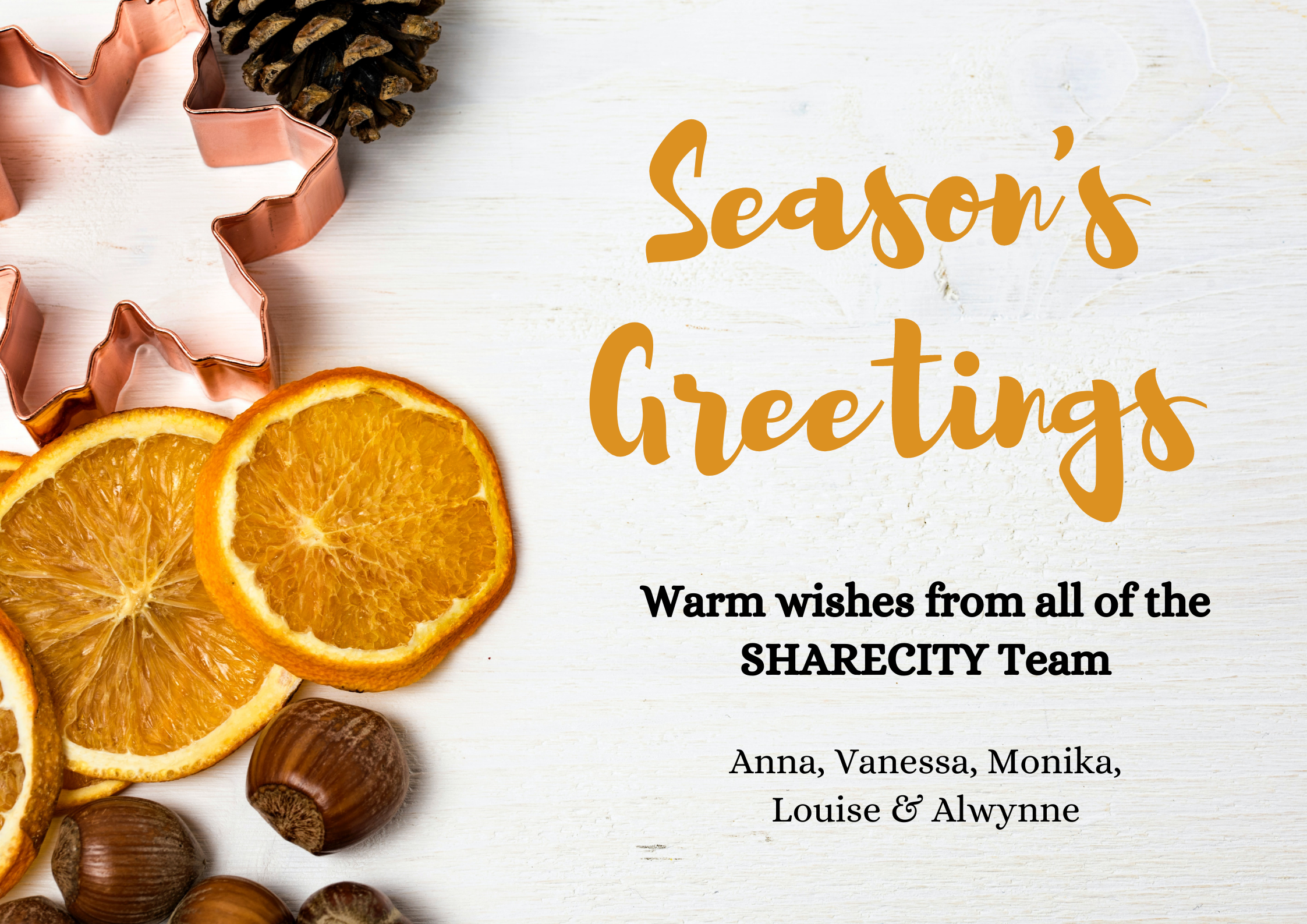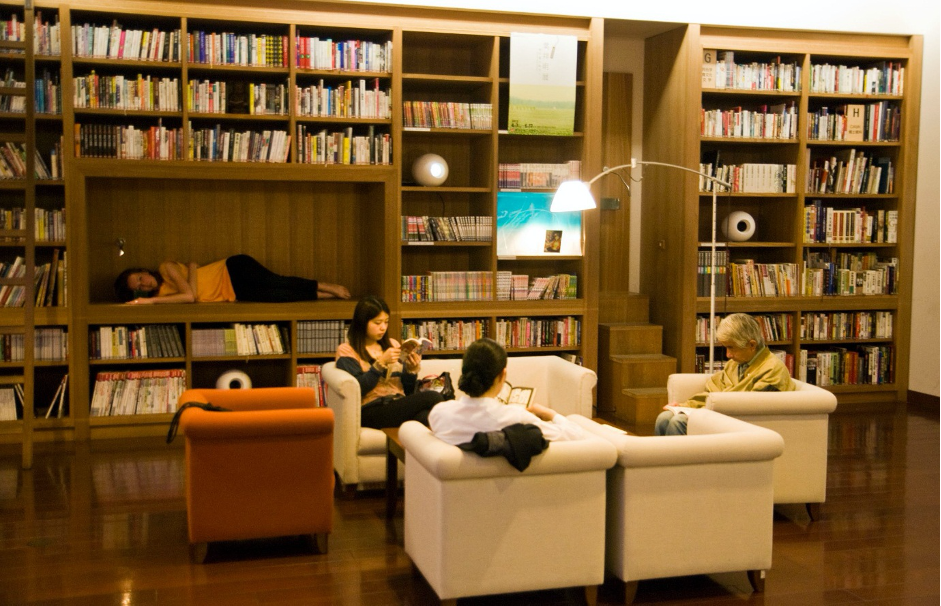Food Beyond The Market: Gleaned, Grown and Gifted
Published by Ferne Edwards on the 21st June 2016.
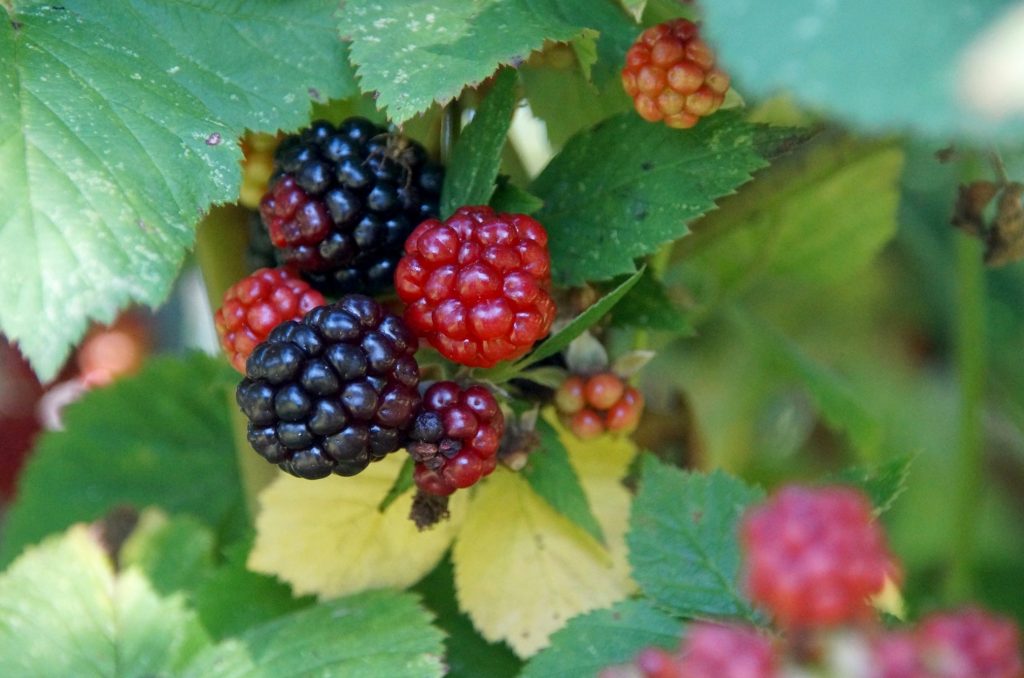
Economic uncertainty, a desire for more socially connectedness and a need for environmental sustainability, are all factors in recent years that have all contributed to the growth of ‘alternative food networks’, food pathways that build on an ethics of sustainability, social justice, health, and animal welfare. In this blog, rather than focus on food coops, farmers markets or organic food boxes, I draw on work from my doctoral thesis that investigates unfunded, unregulated and diverse social food economies. These largely non-capitalist food economies include both persistent local food traditions and the emergence of innovative models. Often hidden within the city, they are discussed through the lens of people who glean, grow and gift their food in Sydney, Australia.
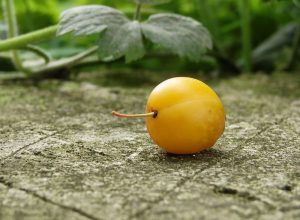 ‘Gleaning’ refers to the gathering, collecting, harvesting or picking of fungi or plants on public or private lands. The practice of foraging has previously flourished, faded and more recently been revived over the last century. In Sydney, a notable ‘gleaner’ is environmental artist, Diego Bonetto, whose goal is to re-educate, inspire and reconnect people to their local landscape through the identification of non-indigenous plants. His interest in weeds stems from a childhood in Italy where fossicking for weeds, mushrooms and chestnuts was commonplace. Bonetto argues that ‘weeds’ have hidden values containing nutritious, medicinal and socio-cultural qualities. Foraging for mushrooms is also a popular activity where migrants of Polish descent relish the wild mushrooms that bloom in the pine forests on Sydney’s fringe. While chefs seek out new ingredients from Sydney’s waterways and parklands to sell on restaurant menus, exploring new flavours and creative cooking techniques. Another ‘gleaner’ – quite the entrepreneur – has established his own business harvesting wild spinach to supply restaurants and events. Food mappers represent yet another type of ‘gleaner’, using online mapping tools to reveal and share the locations of food. Gleaning engages people from a range of ages, occupations and cultural backgrounds, incorporates ingredients that are complementary rather than complete, offering fresh, diverse and free flavours. A form of “gastro-entertainment” as expressed by Bonetto!
‘Gleaning’ refers to the gathering, collecting, harvesting or picking of fungi or plants on public or private lands. The practice of foraging has previously flourished, faded and more recently been revived over the last century. In Sydney, a notable ‘gleaner’ is environmental artist, Diego Bonetto, whose goal is to re-educate, inspire and reconnect people to their local landscape through the identification of non-indigenous plants. His interest in weeds stems from a childhood in Italy where fossicking for weeds, mushrooms and chestnuts was commonplace. Bonetto argues that ‘weeds’ have hidden values containing nutritious, medicinal and socio-cultural qualities. Foraging for mushrooms is also a popular activity where migrants of Polish descent relish the wild mushrooms that bloom in the pine forests on Sydney’s fringe. While chefs seek out new ingredients from Sydney’s waterways and parklands to sell on restaurant menus, exploring new flavours and creative cooking techniques. Another ‘gleaner’ – quite the entrepreneur – has established his own business harvesting wild spinach to supply restaurants and events. Food mappers represent yet another type of ‘gleaner’, using online mapping tools to reveal and share the locations of food. Gleaning engages people from a range of ages, occupations and cultural backgrounds, incorporates ingredients that are complementary rather than complete, offering fresh, diverse and free flavours. A form of “gastro-entertainment” as expressed by Bonetto!
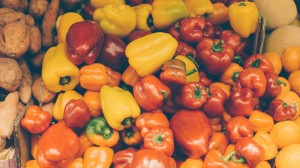
‘Growers’ in the PhD represent where people grow a substantial part of their food on Sydney’s fringes. Sprinkled throughout the backyards of Sydney but with a particular stronghold in the Blue Mountains, residents are investing their time, interest and knowledge to grow-their-own. Many growers belong to one of the many food-sustainability groups that exist in the region, ascribing to gardening principles of permaculture, biodynamics, and organics. Many gardeners here desire to be self-sufficient, yet many infrequently achieve this aim, in the quantity of food they produce, reducing the need to work outside the home, growing a diverse range of crops in addition to fish farming and chickens. Land sharing is also evident, as residents share their backyard space and produce with others, teach skills to their neighbours, exchange heirloom seeds, and lay claim to public land by participating in community gardens and growing food on street verges.
In contrast to the gleaners and growers whose resources are fresh and more-for-fun, ‘gifters’ highlight another food source and audience – surplus food that would otherwise go to waste to distribute to those in need. Australia, although a relatively wealthy country, suffers from issues of food insecurity and food deserts, spaces where affordable, healthy food is difficult to find. OzHarvest is one of a handful of not-for-profit food rescue organisations that receives donated food from restaurants, cafés, and supermarkets to donate to agencies who distribute produce and meals to the disadvantaged. The amount of surplus food is astounding – in their 2015 Annual Report, OzHarvest estimates they have rescued a total of 12,671,092 kilos of food from their eight sites since 2004. The agency, Food Within, takes another approach, providing “a hand up not a hand out” with their bartering and education program to make healthy food more accessible.
In essence, my research reveals the capacity and desire of people in cities to realize alternative ways of accessing food across the city. Many activities go beyond economic value to ascribe cultural and new use values to wasted plants, people and places. While these pathways may not offer a complete meal, they certainly demonstrate a resurgence of interest in sharing skills, knowledge, passion and time towards creating more sustainable and socially equitable urban food futures. The recent emergence of information and communication technologies further stretches food sharing practices in new spaces. Given the challenge of planetary urbanization and clearly unsustainable food systems, these niche activities deserve more careful attention. SHARECITY’s goal to map the food landscapes of 100 cities, to explore seven cities in detail, and to analyze across i-food sharing cities offers an important step towards better understanding the transformative potential of urban food economies.
© 2015 - 2024 ShareCity | Web Design Agency Webbiz.ie
